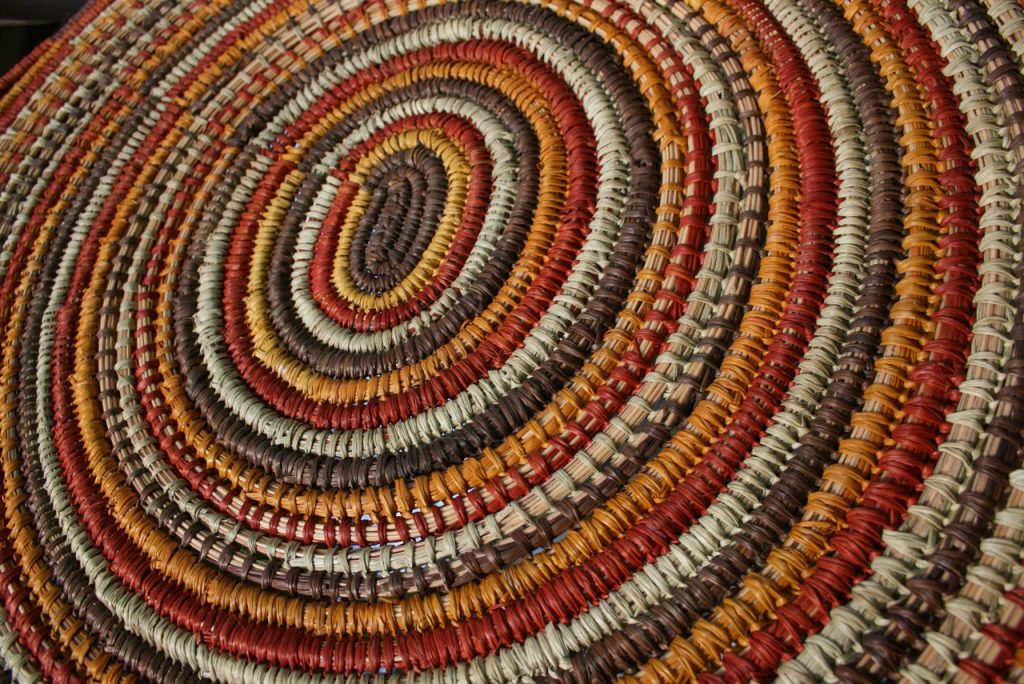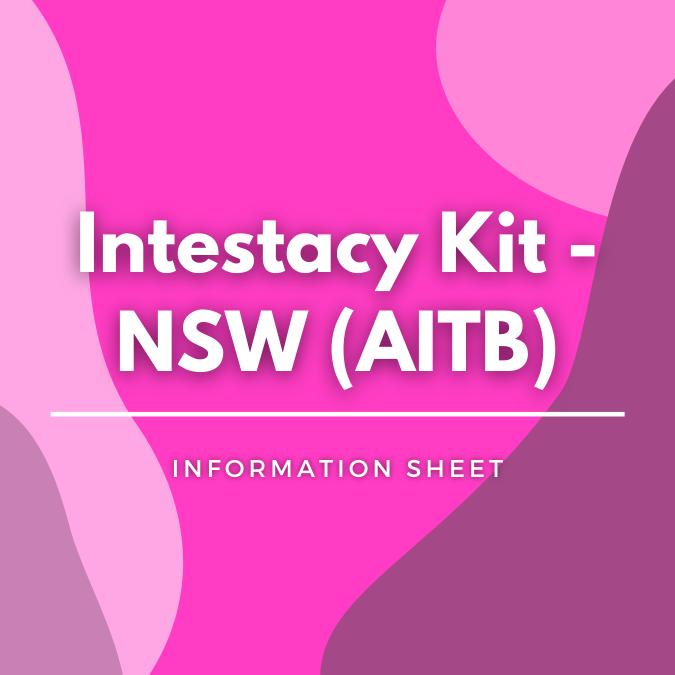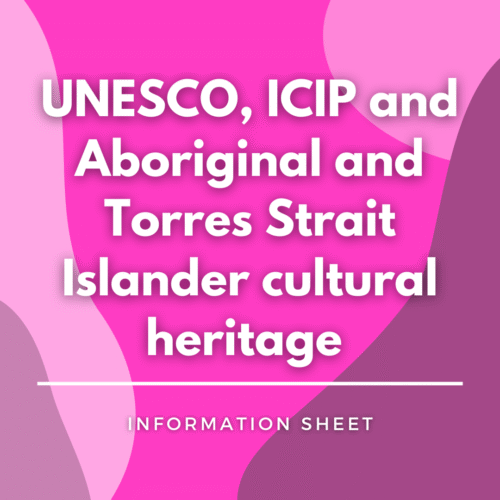Elcho Island Arts Centre – when is an export permit required to exhibit artwork overseas?


https://www.artslaw.com.au/images/uploads/AITB3_-_Photo_Dion_Teasdale-_Phyllis_Batumbil_pandanus_mat_1.jpg
For over 18 years, the Elcho Island Arts Centre has been supporting and representing indigenous artists from the local Yolngu communities on Elcho Island, Northern Territory. Traditionally, the Yolngu artists of Elcho Island have always incorporated different fauna and flora species, such as plant fibers and feathers, into their artwork. The women of the Yolngu community are renowned for their weaving skillsand create works of art woven from the fibres of the pandanus plant (pandanus spiralus), which is a species of shrubs that grows on Elcho Island.
In 2011, Rebecca Hossack Gallery in London was planning an exhibition of sixty five woven pandanus works, which was to be opened by the Australian High Commissioner. This exhibition provided an excellent opportunity to generate income for the Yolngu artists and to further promote their culture and artistic creativity. With only weeks to go before the exhibition was due to open and days before the works were to be shipped, the Department of Sustainability, Environment, Water, Population and Communities (DEWHA)informed the Art Centre that the pandanus fibre, as a native plant specimen, fell within the scope of Australia’s wildlife protection legislation, namely the Environment Protection and Biodiversity Conservation Act 1999 (EPBC Act), which regulates export and import of native and endangered flora and fauna. The Art Centre was informed that unless the pandanus used in the artworks had been grown on a plantation, the works could not be shipped overseas and could be not be exhibited for commercial sale – the penalty for non-compliance was up to 10 years imprisonment as well as substantial fines! As manager Susan Cochrane observed: “This essentially defeats the whole purpose of the exhibition and the centre’s efforts to promote the artwork of Yolgnu women to the fine art market outside Australia.”
Elcho Island Arts contacted Artists in the Black for urgent legal adviceon solutions that would allow it to proceed with the exhibition as planned. Arts Law immediately contacted law firm DLA Piper, a longtime supporter of Arts Law and our Artists in the Black program. Pro bono partner Nicolas Patrick and solicitors Vanessa and Dwana Walsh agreed to assist. They advised that the Art Centre had three options:
· An application to exempt pandanus spiralis from the operation of the Act which required a lengthy Ministerial approval process and was for that reason not a feasible solution within the timeframe.
· A permit for commercial export; however this was only possible where the harvesting of the pandanus had been undertaken in accordance with an approved “Wildlife Trade Operation” (WTO) – an application for approval of a WTO involves a period of public consultation and can take up to 3 months. An application for a commercial export permit can only be lodged after the WTO is approved and the issue of a permit can take up to 40 business days. Again, this was simply not feasible.
· An exceptional circumstances permit where the Minister is satisfied that the export would not be contrary to the objectives of the Act and would have no effect on biodiversity.
DLA Piper advised that in its opinion there was a strong case for an exceptional circumstances permit. Arts Law and DLA Piper assisted the Art Centre to apply for such a permit which was supported by the Australian High Commissioner in London, the Minister for the Arts in the Northern Territory and the Association of Northern, Kimberley and Arnhem Aboriginal Artists. To the relief of the artists of Elcho Island, the permit was granted and their artworks were able to be exhibited at the Rebecca Hossack Gallery on 15 June 2011.
While Artists in the Black was able to help Elcho Island Arts on this occasion, it has become clear that this will be an ongoing problem for many Aboriginal and Torres Strait Island artists who incorporate native plant and animal specimens into their art. In May 2011, an application was lodged seeking to add the species pandanus spiralis to the List of Exempt Native Specimens (LENS) which may be exported without a permit. As at February 2012, this application is still awaiting a determination. In the meantime, this continues to be a problem for any artwork containing pandunus or other native plant specimens such as feathers or shells (fortunately items from bark, wood or timber are already exempt).
Arts Law is currently investigating an application to exempt Indigenous artworks containing non-exempt native flora and fauna specimens made in accordance with traditional methods. Arts Law is also working on amendments to its artwork consignment agreements to deal with this issue.
Further resources you might find useful:
– Department of Sustainability, Environment, Water, Population and Communities
*Marie-Christin Stenzel has studied law in Germany and France and is about to complete her Second State Exam in Dresden, Germany, which will qualify her as a lawyer. She was an intern at the Arts Law Centre of Australia.




